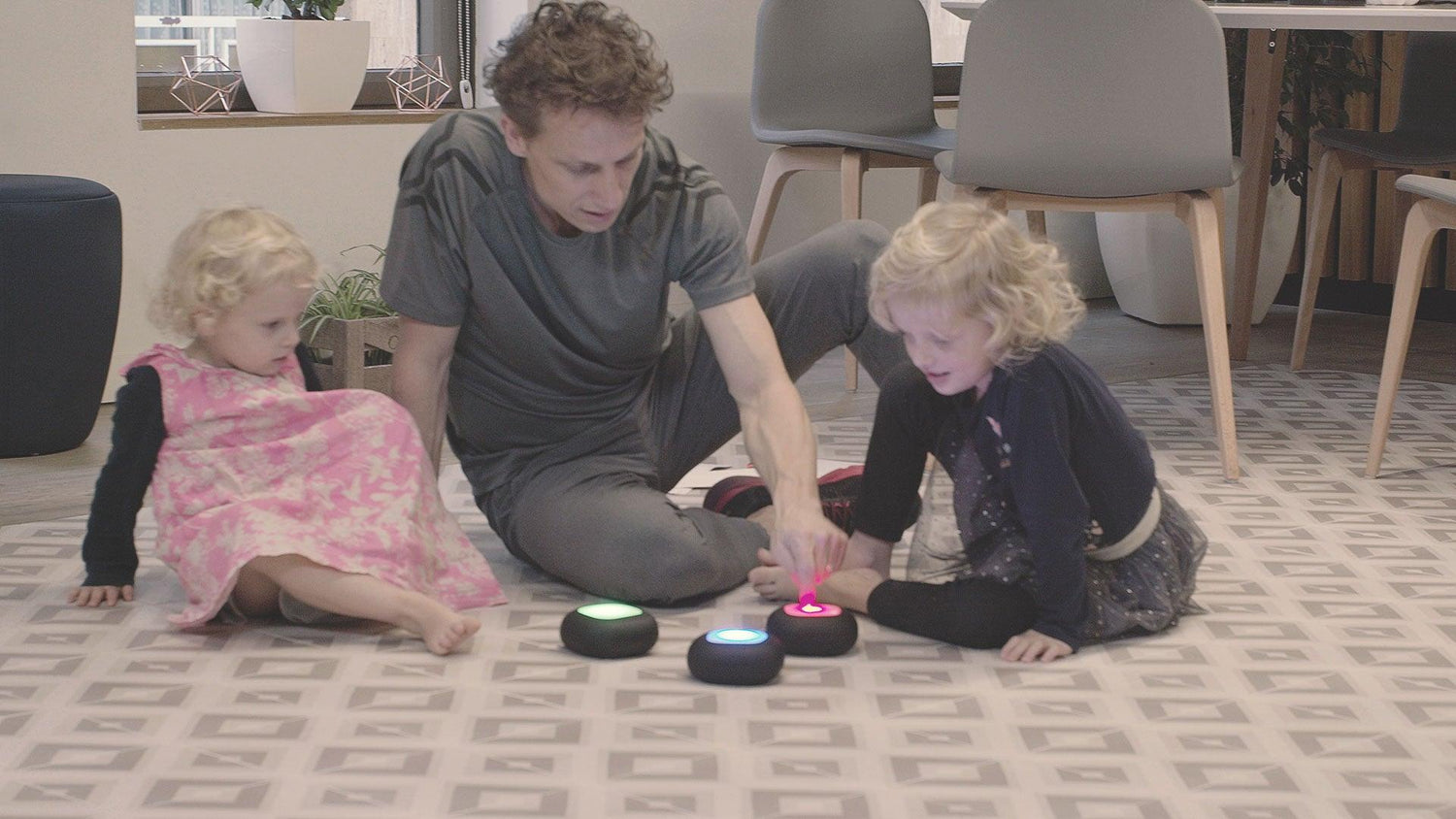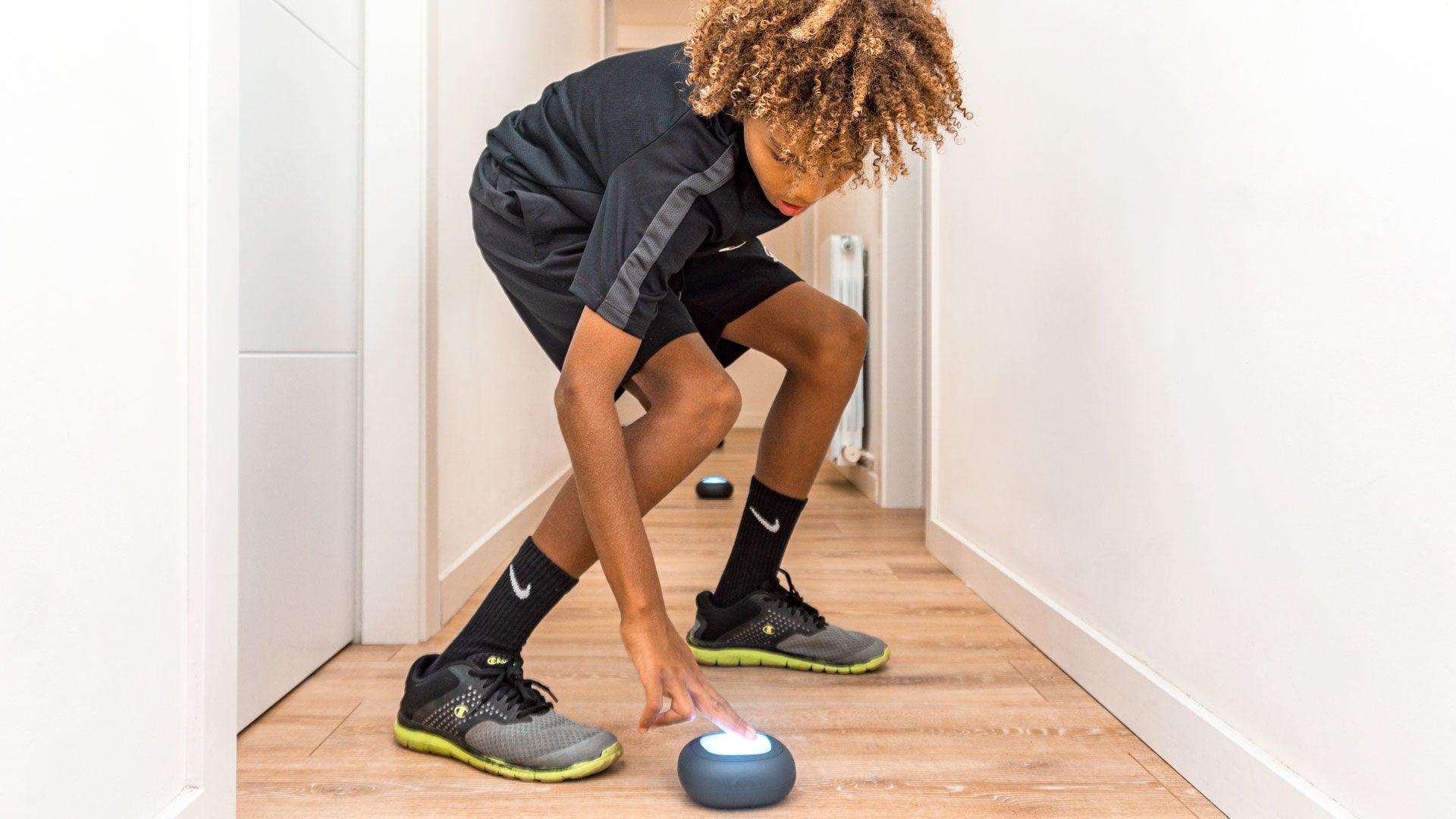Parents play a central role in a child’s athletic journey. Their influence goes beyond cheering from the sidelines — they set the foundation for an active, healthy lifestyle.
Daily playtime can easily become learning time. By adding fun physical challenges, parents teach balance, coordination, and movement skills. Encouragement, patience, and positivity help children build confidence while discovering the joy of movement.
How Early Educators Shape Athletic Skills
Early childhood educators are key to developing basic motor skills. Through simple, structured activities, they help kids improve balance, coordination, and rhythm.
- Introduce games that involve hopping, skipping, and catching.
- Encourage teamwork and cooperative play.
- Provide variety to keep children engaged and curious.
Joining a Sports Club: A Milestone in Growth
Moving from free play to organized sports is an exciting step. Sports clubs teach discipline, teamwork, and perseverance. With guidance from qualified coaches, children start to refine their techniques and gain confidence through structured practice.
Understanding the Science of Athletic Development
Knowing the basics of child development helps parents and coaches guide athletes effectively. Each child develops at their own pace, mastering physical control through play and repetition.
By combining play-based learning with smart tools like A-Champs ROX Reaction Lights, adults can turn simple exercises into exciting challenges. These activities strengthen coordination, focus, and self-belief while keeping children active and motivated.
The Power of Family Involvement
When families stay active together — during games, walks, or backyard play — children develop stronger motivation and lifelong fitness habits. Family activities create fun memories, teamwork, and a shared commitment to movement.
Building Basic Athletic Skills
Foundational skills like running, jumping, and coordination support all sports. Introduce them early and make them playful.
- Turn drills into games (for example, obstacle races or tag).
- Celebrate small wins to keep motivation high.
- Focus on fun, not perfection — enjoyment drives progress.
The First Four Years: A Critical Stage
The first four years are when spontaneous movements become purposeful. Children learn balance, control, and coordination through play.
Parents and teachers can support this growth with simple, enjoyable activities that challenge the child’s developing motor skills.

Stimulating Growth Through Play
Play and sensory experiences stimulate both physical and mental growth. Use colors, sounds, and textures to keep activities engaging. Every new sensory experience strengthens brain and body coordination.
Innovation in Early Athletic Training
The ROX Interactive Light System brings innovation to youth training. It transforms exercises into interactive challenges that make movement exciting.
This playful approach keeps children motivated while improving agility, coordination, and reaction time.
Using Technology to Enhance Development
Technology can make training smarter and more engaging. The ROX System app helps track progress and adapt activities to a child’s growth pace.
By mixing modern tools with traditional play, coaches and parents create a well-rounded, motivating learning environment.
Neuromuscular Development in the Early Years
Early movement builds strong neural pathways that control coordination and reflexes. Age-appropriate activities strengthen these connections, setting the stage for lifelong athletic ability.

What Happens When Development Is Neglected
Without active play, children risk slower physical and cognitive growth. Limited movement can affect balance, reaction, and coordination.

Keeping Kids Engaged Through Movement and Play
Gamified training makes exercise enjoyable. Simple games like tag teach agility and speed, while storytelling adds creativity and adventure to movement.
- Use imagination-driven games (“jump across the river,” “balance like a bird”).
- Include sensory play with textures, sounds, and lights.
- Set small, fun goals — and celebrate progress often.
ROX Interactive Light System in Action
The ROX Interactive Light System uses light and sound to guide kids through fun physical challenges. It’s adaptable for different skills like speed, agility, and coordination.
For example, kids can race to deactivate the lights, building quick thinking, balance, and control. The system combines mental focus with physical play for complete development.
Fundamental Movement Development: Ages 5–14
Between ages 5 and 14, children develop fundamental movement skills — running, jumping, catching, and throwing. These are the building blocks of athletic confidence.
Games and sports that emphasize these movements improve coordination, strength, and endurance. They also prepare kids for advanced training in later years.
Embracing the Journey of Growth
Early athletic development is a lifelong investment. By combining play, family involvement, and innovative tools like ROX, children can grow into confident, capable movers — ready for both sport and life.





Leave a comment
This site is protected by hCaptcha and the hCaptcha Privacy Policy and Terms of Service apply.